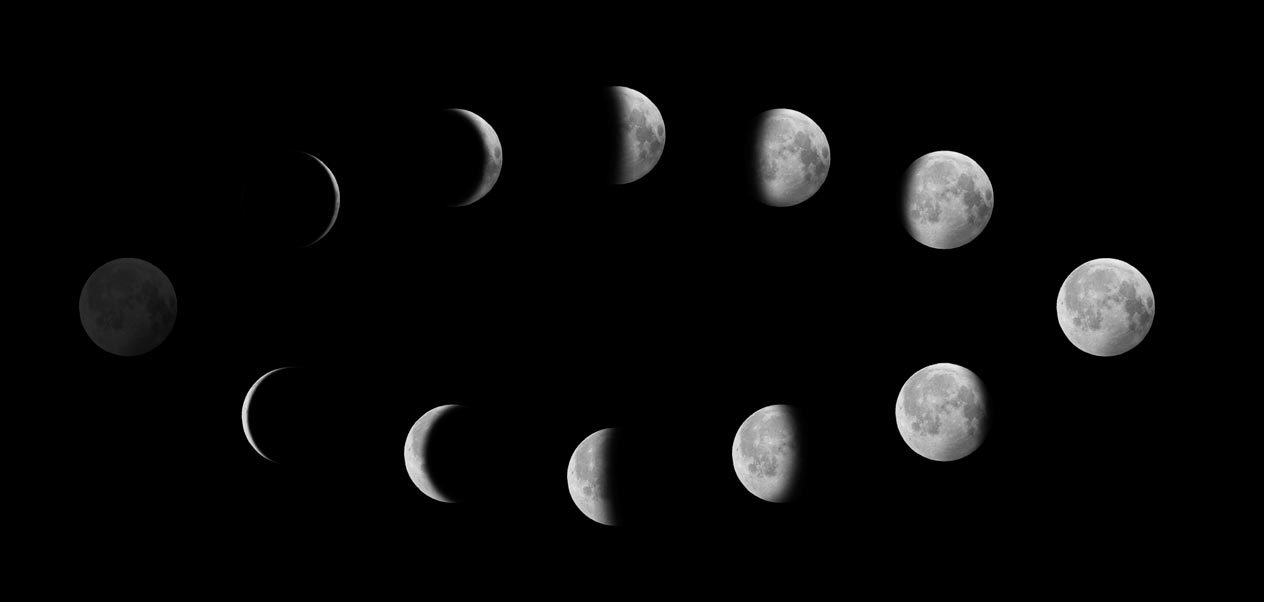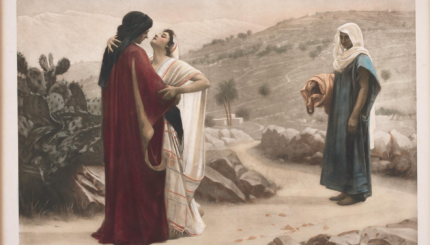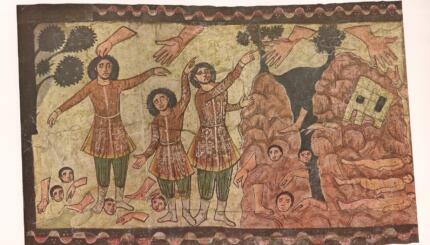If you live in the land of Israel, Shavuot is a one day holiday. Everywhere else, it’s celebrated for two days (except by the Reform movement, which keeps only one). That’s not just Shavuot, either.
Bear with us, we’re going to get a bit technical here. Shavuot, like other Jewish holidays, is lunar—calculated according to the moon. Each month begins on the day of a new moon, when the tiniest crescent of the moon becomes visible after the moon has disappeared altogether. Because the moon cycle is approximately 29.5 days long, in some months the next new lunar month begins 29 days after the previous one, and in other months it is 30 days. Today, astronomers can predict the exact day and time of the new moon. In Antiquity, the date of the new moon could not be calculated in advance—it had to be observed. Furthermore, according to Jewish law, it had to be “officially” observed. That is, the Sanhedrin, the Jewish governing body in the Land of Israel, had to receive sworn testimony from two eye witnesses and then proclaim a new month.
But what does this have to do with observing Shavuot for one day in Israel and two days in Diaspora? We’re getting there! Once the Sanhedrin, the Jewish governing body, received testimony of the new moon and declared a new month in the Land of Israel, the message of the new moon was delivered to Jewish communities beyond the Land of Israel so that all Jews would be on synchronized calendars.
According to the Mishnah, the rabbis had a rather clever system of delivering the message about a new month: signal fires atop mountains. The idea was that once a new month was declared, a fired would be lit atop a mountain in Jerusalem, and then another one atop a neighboring mountain, and so forth—spreading the message of the new month quickly across the landscape. Not unlike this scene from movie Lord of the Rings:

Help us keep Jewish knowledge accessible to millions of people around the world.
Your donation to My Jewish Learning fuels endless journeys of Jewish discovery. With your help, My Jewish Learning can continue to provide nonstop opportunities for learning, connection and growth.
But this system did not work for very long. The Mishnah tells us that Samaritans, a rival religious sect, sought to disrupt the fire signals by lighting their own fires to confuse the Jews. So, in the end, the month had to be declared by horse and rider. But that could take a long time, and by the time the message got to Diaspora Jewish communities (particular with regards to holidays that fall in the first day of the month, like Rosh Hashanah), it was too late—the holiday would have already passed! So, the Diaspora communities took to hedging their bets by celebrating major holidays for two days rather than one, to ensure that they would celebrate it on the same day as their fellow Jews in the Land of Israel. Today, in honor of that tradition, Jewish communities outside the Land of Israel continue to celebrate major holidays for two days—even though we have the technological capability to synchronize our calendars well in advance.



